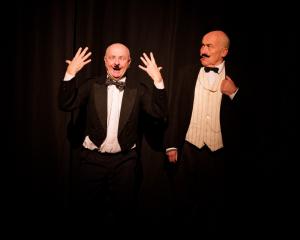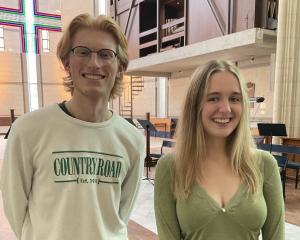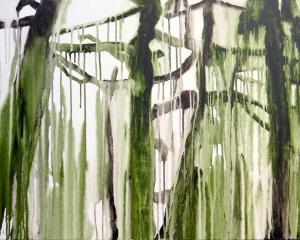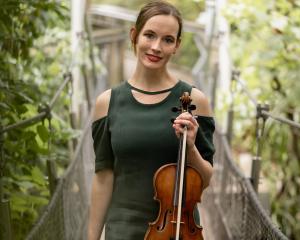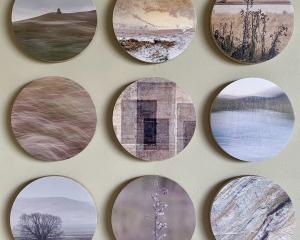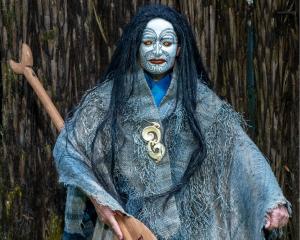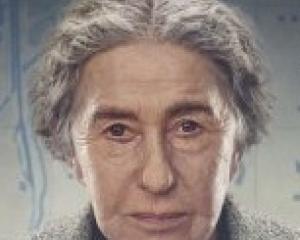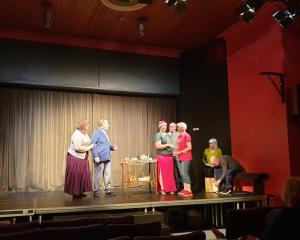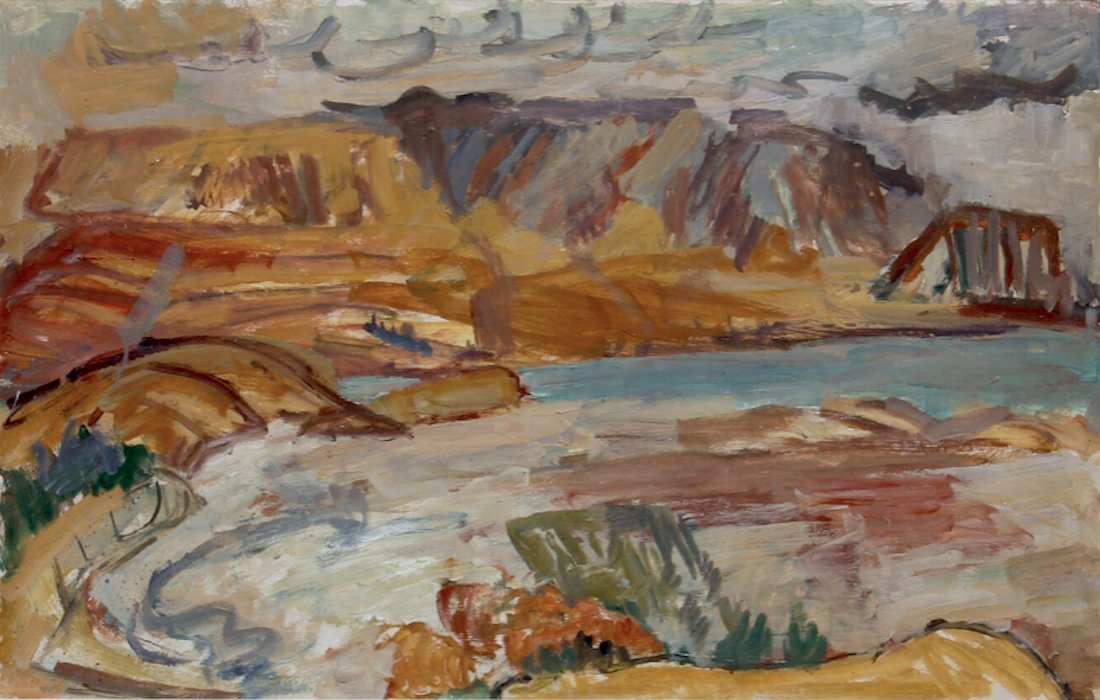
(Milford Gallery)
Milford Galleries is offering a rare treat for local art enthusiasts, a display of work by Sir Toss Woollaston.
Woollaston was one of the first artists to grasp the concept of painting New Zealand’s landscape in a specifically New Zealand way. Rather than the bright airiness of traditional European style, Woollaston appears to use the earth itself as a medium, filling the canvas with visceral, gritty colours. The paintings make no excuses and take no prisoners with their earthiness — hills are the raw ochres and umbers of the local landscape, skies are washes of liquid blue painted with broad sweeping strokes. There is an almost haphazard deliberateness in this style, rendering the images with panache as land formed from land.
Alongside these works are smaller ink sketches, each displaying the same boldness in its capture of form over the niceties of detail. In one of these, a major influence is name-checked: in After Cezanne, Woollaston begins with the style of the French master and turns it into something distinct and original.
Up close, there is an almost disturbing ugliness to this style, but draw back and the scale and scope of the landscape becomes apparent. It is no wonder Woollaston is regarded among this country’s greats and was immensely influential in his art.
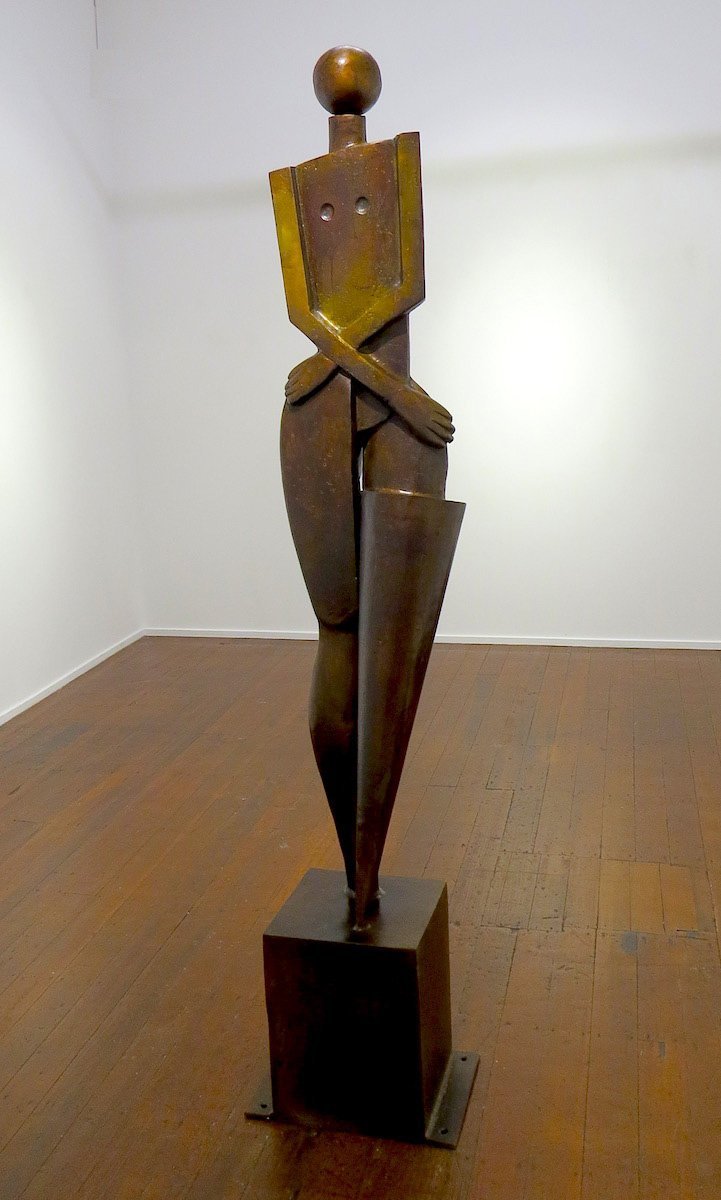
(Milford Gallery)
Also at the Milford is a display of work by Paul Dibble. The sculptor, who died late last year, is renowned for his large-scale public sculptures, which can be seen gracing many city plazas around the country.
Many of Dibble’s works reflect on New Zealand’s natural history, its fragility and risk of loss. Recurring motifs, such as the huia and kōwhai, are regularly present in these astonishing cast and gilded bronzes.
The current exhibition serves as something of a memorial, with these pieces being among the last Dibble completed. As the title of the exhibition suggests, there are two main themes shown. Through the bird series, the gallery is haunted by huia and kererū, their shapes transforming into soft waves as they fly over and perch on their kōwhai.
These works are presented both in colossal form and also as charming maquette pieces. With the figures, stylised females are shown seemingly caught in the midst of some internal dilemma. The forms continue a style — possibly influenced by the early 20th-century metaphysical art of De Chirico and Carra — where figures are partially reduced to geometries, created from cones and flattened surfaces as if on graph paper. The resulting figures are abstracted but still all too human, and the forms have a disarming elegance as a result.
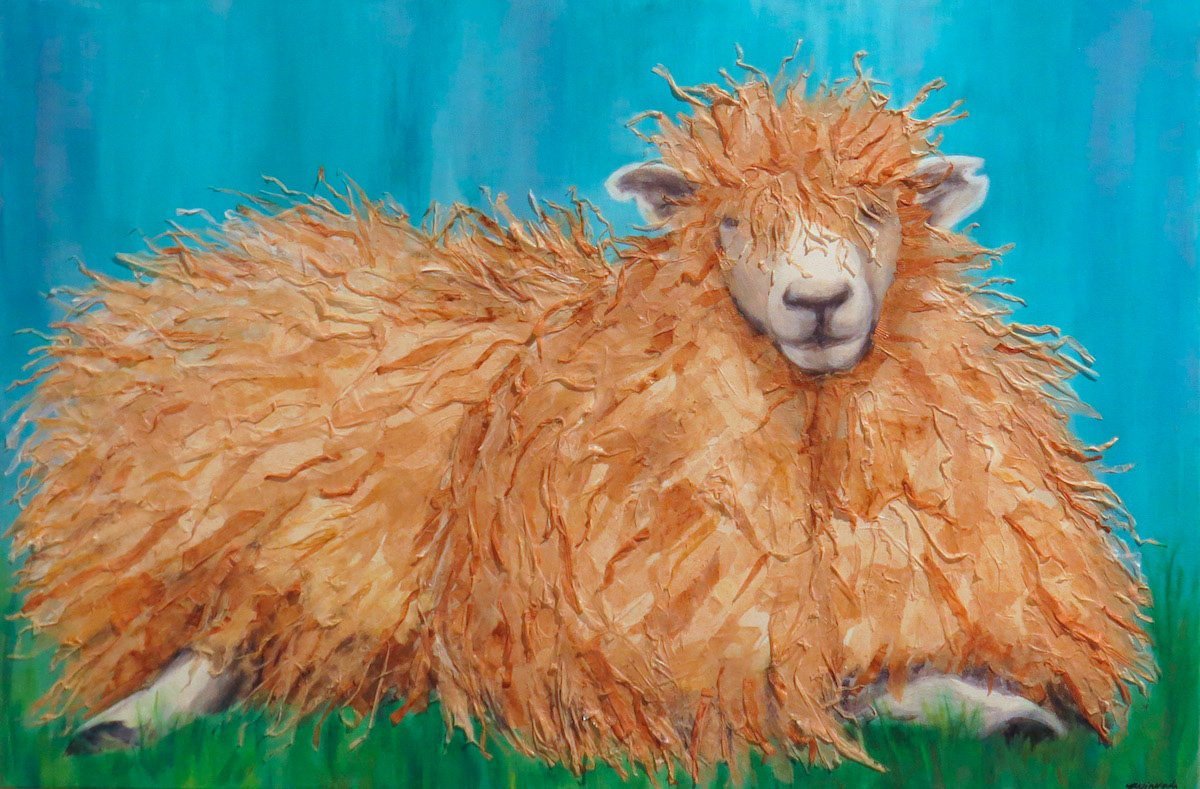
(Otago Art Society)
Just shy of 150 entries from this year’s Hope & Sons Art Awards are on show at the Otago Art Society’s gallery.
With an open theme, artists from throughout Otago and the rest of the south were free to choose any manner of subject and technique for their two-dimensional artworks. As a result there is an excellent array of disparate works on display.
As always, landscapes make up a sizable proportion of the artwork, ranging from Peter McLaren’s striking Fiordland image and Robert Ireland’s delicate cloudscape to Lorna Allan’s elegiac soft scene of despair to the neon swirls of Anna Filimonova’s Auckland skyline. The winner of the youth award, Polina Collins, presented an impressive Central Otago landscape, with the rugged folds of the land presented as slabs of strong colour.
Portraits were also prominent, both of people and of animals, with James Parker’s image The Greige is Here, What Else is Coming? winning the competition’s overall first prize. Other notable portraits included Mary Jane Sneyd’s impressive textile work and pieces by Ruby Burke and Cerys Thomas.
The remaining works went from abstract and near-abstract images such as James Thomson-Bache’s crystalline The Collapse, to Brian Stewart’s haunting, finely composed interiors.
By James Dignan

